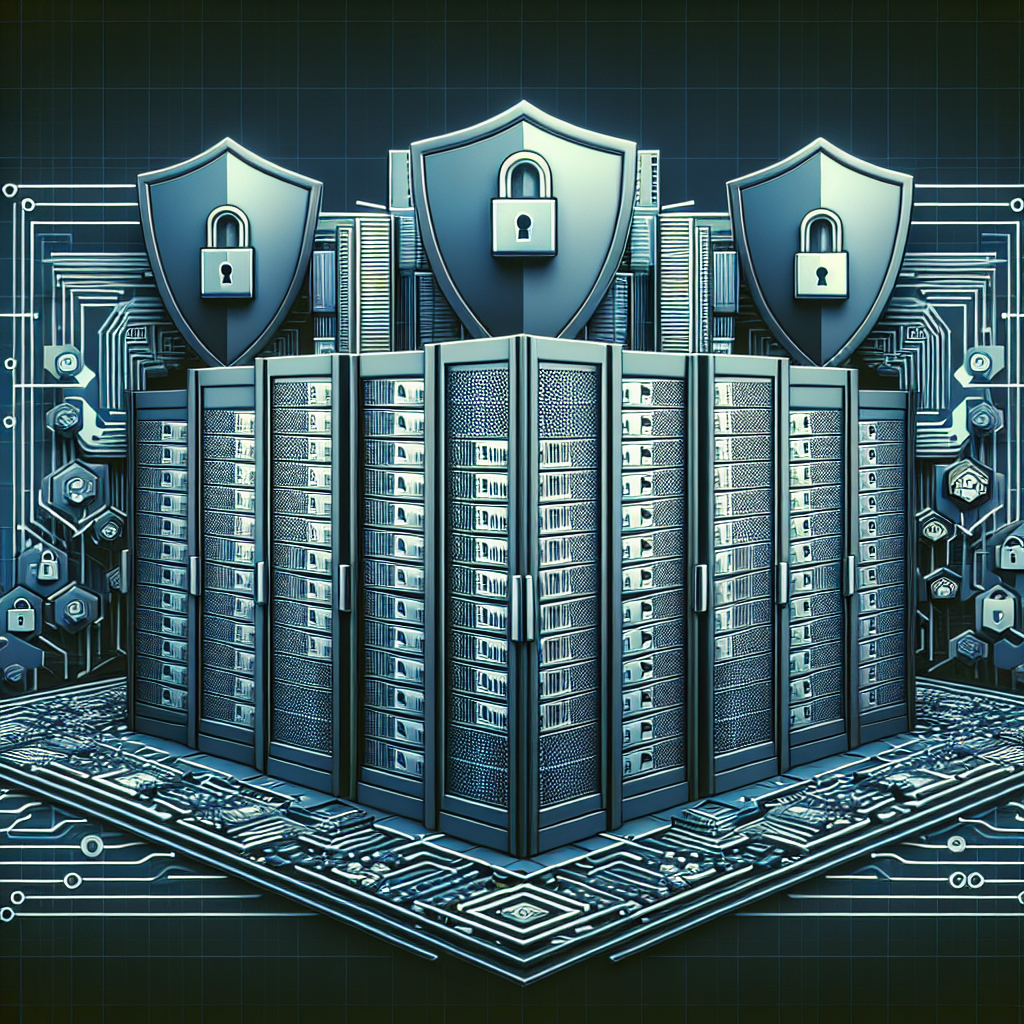Your cart is currently empty!
Securing Data Center Servers: Best Practices for Protecting Your Information

Data centers are the heart of any organization’s IT infrastructure, housing critical servers that store and process vast amounts of sensitive information. With cyber threats on the rise, it is essential for businesses to prioritize the security of their data center servers to protect their valuable information from unauthorized access, data breaches, and other malicious activities.
Implementing best practices for securing data center servers is crucial in ensuring the confidentiality, integrity, and availability of your organization’s data. Here are some key measures that businesses can take to enhance the security of their data center servers:
1. Access Control: Limiting access to data center servers is a fundamental security measure. Implement strict access controls, such as strong passwords, multi-factor authentication, and role-based access control, to ensure that only authorized personnel can access the servers.
2. Encryption: Encrypting data at rest and in transit is essential for protecting sensitive information from unauthorized access. Use encryption technologies, such as SSL/TLS for data in transit and AES encryption for data at rest, to secure your data center servers.
3. Patch Management: Regularly update and patch your servers to address security vulnerabilities and protect them from potential cyber threats. Implement a robust patch management process to ensure that all servers are up-to-date with the latest security patches.
4. Network Segmentation: Implement network segmentation to isolate data center servers from other parts of the network and limit the spread of malware or unauthorized access. Use firewalls, VLANs, and other network security measures to segment and secure your servers.
5. Monitoring and Logging: Implement robust monitoring and logging capabilities to track and detect suspicious activities on your data center servers. Monitor server logs, network traffic, and user activities to identify potential security incidents and respond promptly to mitigate risks.
6. Backup and Disaster Recovery: Regularly back up your data center servers and implement a comprehensive disaster recovery plan to ensure business continuity in the event of data loss or system failure. Store backups securely offsite to protect them from physical threats or cyber attacks.
7. Physical Security: Secure physical access to your data center servers by implementing strong access controls, surveillance cameras, and other physical security measures. Restrict access to the data center to authorized personnel only and monitor entry and exit points to prevent unauthorized access.
By following these best practices for securing data center servers, businesses can enhance the security of their critical infrastructure and protect their valuable information from cyber threats. Investing in robust security measures and implementing proactive security practices can help organizations safeguard their data center servers and maintain the confidentiality, integrity, and availability of their data. Remember, the security of your data center servers is crucial for protecting your organization’s sensitive information and ensuring business continuity in today’s increasingly digital world.

Leave a Reply